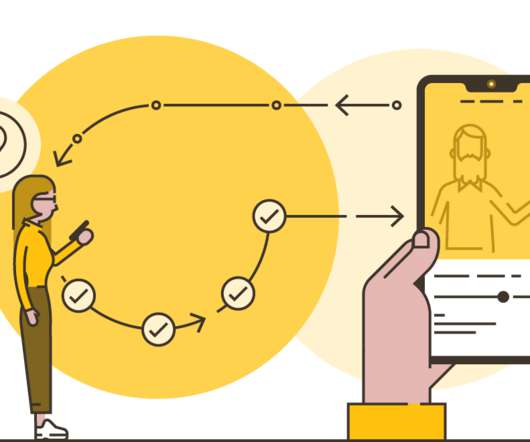Tools I Use
Marcia Conner
MARCH 28, 2013
Facebook – The largest social network on the planet, with more members (901M in April 2012) than the population of Europe, Russia, and the Middle East combined (780M). I wrote a post several years ago called “ Face to Facebook Learning “ challenging the notion you can’t learn on Facebook.


















Let's personalize your content